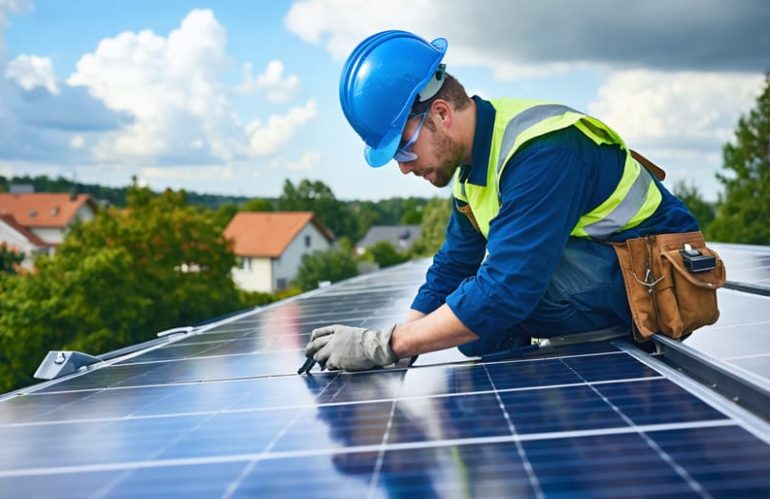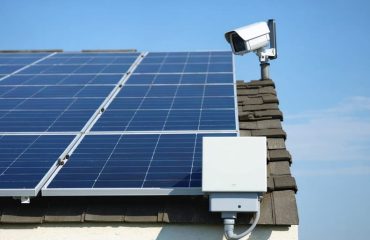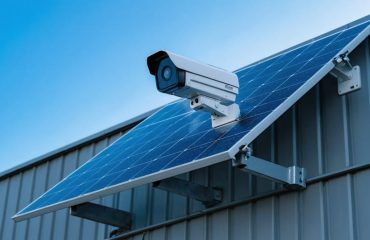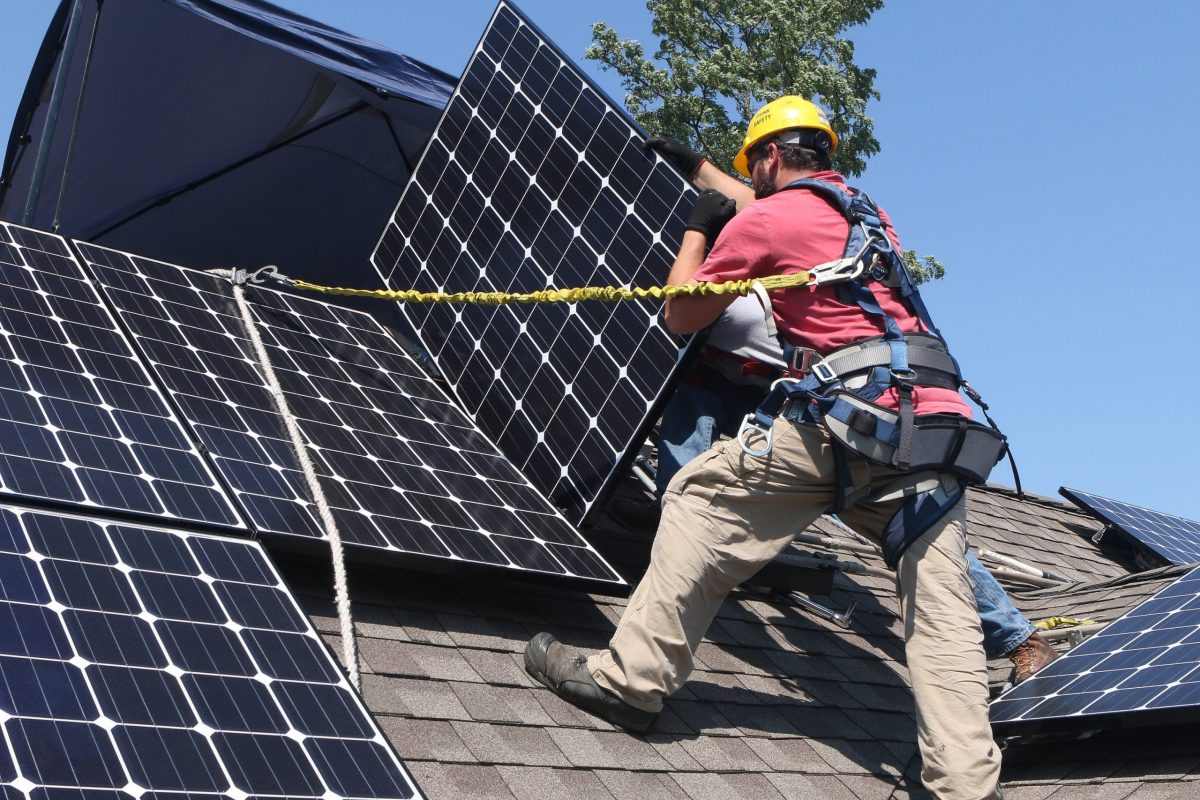Your solar panels represent a significant investment—typically $15,000 to $30,000—yet most homeowners don’t realize their standard homeowner’s insurance may not fully cover damage from storms, manufacturing defects, or gradual wear. Understanding what’s actually protected and what falls through the cracks can save you thousands in unexpected repair costs.
Professional solar maintenance companies do more than keep your panels clean. They serve as your first line of defense against insurance complications by documenting system performance, catching problems before they escalate into major failures, and providing the maintenance records insurers often require to honor claims. Without proper upkeep, you risk voiding warranties and facing coverage denials when you need them most.
The good news: protecting your solar investment doesn’t require complicated insurance riders or expensive add-ons. Most gaps can be addressed through strategic maintenance partnerships and understanding which risks your current policy actually covers. Whether your panels are already installed or you’re planning installation, knowing how maintenance connects to coverage ensures your clean energy investment delivers savings for decades—not costly surprises when something goes wrong.
What Can Go Wrong With Your Solar Panels
Weather and Environmental Damage
Your solar panels face nature’s elements 24/7, and while they’re built tough, weather can take its toll over time. Hailstorms are a prime concern—even marble-sized hail traveling at high speeds can crack panels or damage the protective glass layer. Strong winds don’t just blow directly on panels; they can send tree branches, patio furniture, or loose roof shingles flying into your system.
Temperature swings present a less obvious challenge. During scorching summer days, panels expand, and on freezing winter nights, they contract. This constant expansion and contraction can gradually loosen mounting hardware and create gaps where moisture seeps in. Snow accumulation adds weight stress to your roof and panels, while ice dams can damage wiring connections.
Debris buildup from storms leaves more than just dirt—pine needles, leaves, and bird droppings create shaded spots that reduce efficiency and can cause “hot spots” that degrade panels faster. The good news? Regular inspections catch these issues early, often before they become insurance claims. Most weather damage is preventable with proper maintenance, which is exactly why partnering with a qualified solar maintenance company protects both your investment and your coverage eligibility.
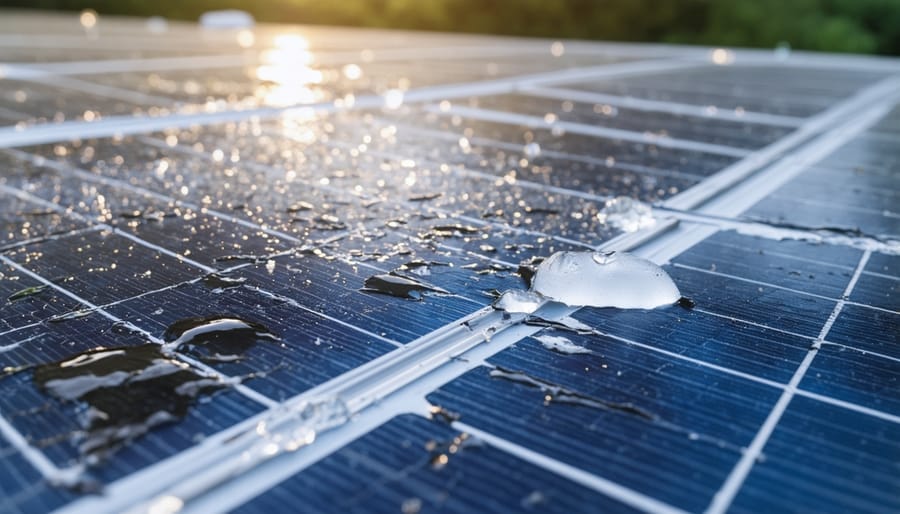
Equipment Failures and Wear Over Time
Even with diligent care, solar equipment experiences natural wear and tear over time. Inverters, which convert the sun’s energy into usable electricity for your home, typically last 10-15 years before needing replacement. These essential components work hard every sunny day and can experience performance issues as they age. Similarly, electrical connections and wiring may deteriorate due to weather exposure, temperature fluctuations, and simple aging.
The good news? These failures are normal and expected, not signs that you made a poor investment. Modern solar systems are designed with these lifecycles in mind, and professional maintenance companies can spot early warning signs before small issues become costly problems. Regular inspections catch loose connections, worn components, and declining inverter performance while they’re still manageable.
Think of it like your car needing new tires or brake pads. Even reliable vehicles require part replacements over their lifetime. Your solar system is similar. Professional maintenance helps maximize your equipment’s lifespan and ensures you’re getting the energy savings you invested in, while also keeping your insurance coverage valid by demonstrating proper system care.

Does Your Homeowners Insurance Cover Solar Panel Repairs?
What’s Typically Covered (And What’s Not)
Understanding what’s protected and what isn’t can save you from unexpected costs down the road. Most standard homeowners insurance policies cover your solar panels as part of your dwelling, protecting against common perils like fire, hail, wind damage, and lightning strikes. This is good news since it means you’re already covered for many scenarios without purchasing additional insurance.
However, there are important gaps to know about. Standard policies typically don’t cover gradual wear and tear, performance degradation over time, or manufacturer defects. If your panels simply become less efficient as they age, that’s considered normal and won’t be covered. Equipment failure due to poor installation or lack of maintenance also falls outside typical coverage, which is where professional maintenance companies become valuable.
Most policies exclude damage from pests like squirrels or birds nesting under panels, cosmetic issues that don’t affect function, and inverter failures unless they result from a covered peril. Ground-mounted systems sometimes require separate coverage, so check your policy specifics. Understanding how solar panels affect homeowners insurance helps you identify potential coverage gaps.
The bottom line? Your insurance handles unexpected disasters, but maintaining your system’s health and performance through regular professional care is your responsibility. This partnership between insurance coverage and preventive maintenance keeps your solar investment protected and performing optimally for decades.
The Fine Print You Need to Know
Most homeowners don’t realize their insurance has specific exclusions until they file a claim. Standard policies often won’t cover damage from improper maintenance, wear and tear, or manufacturer defects. If your panels haven’t been professionally serviced according to the manufacturer’s schedule, your insurer might deny your claim entirely.
Here’s what catches people off guard: some policies exclude coverage for equipment over a certain age, damage from pests like squirrels chewing wires, or problems that develop gradually over time rather than from a single event. Additionally, if you didn’t notify your insurer about your solar installation when it was completed, you might have coverage gaps you’re unaware of.
Before assuming you’re protected, ask your insurance agent these specific questions: Does my policy cover solar equipment separately or as part of my dwelling? What’s my deductible for solar-related claims? Are gradual problems covered or only sudden damage? Do I need documentation of regular maintenance to file a claim?
Getting clear answers now prevents unpleasant surprises later. Most importantly, keep detailed records of all maintenance appointments and services performed on your system as proof of proper care.
Specialized Solar Insurance Options
Manufacturer Warranties vs. Insurance Coverage
Many homeowners assume their equipment warranties cover all potential solar panel problems, but there’s an important distinction to understand. Manufacturer warranties typically protect against defective equipment—like a faulty inverter or cracked panel—but they don’t cover damage from external events like storms, fallen trees, or accidents during cleaning.
Insurance steps in where warranties stop. Your homeowners insurance or specialized solar policy covers physical damage from weather events, vandalism, or fire. However, here’s the catch: most policies won’t cover damage resulting from poor maintenance or neglect. If your panels fail because you haven’t cleaned them in years and debris caused internal damage, neither your warranty nor insurance may pay out.
This is why you need both protections working together. Your warranty handles manufacturing defects, your insurance covers unexpected damage, and regular professional maintenance ensures both remain valid. Think of it as a three-legged stool—remove one leg, and your financial protection becomes unstable. Professional maintenance companies provide documentation that proves you’ve upheld your responsibilities, which can be crucial if you ever need to file a warranty or insurance claim.
When to Consider Additional Coverage
Not every solar homeowner needs additional insurance beyond their standard homeowner’s policy, but certain situations make specialized solar insurance worth considering. If your system cost more than $20,000 or represents a significant portion of your home’s value, the extra protection can provide valuable peace of mind.
Location matters too. Homeowners in areas prone to severe weather like hail, hurricanes, or windstorms face higher risks of panel damage. Similarly, if you live where roof repairs are expensive or your panels are particularly exposed, additional coverage makes financial sense.
Another key factor is your home insurance deductible. If you carry a high deductible of $2,500 or more, even minor solar repairs could come out of pocket. Specialized coverage often features lower deductibles specifically for solar equipment.
Finally, consider the age and warranty status of your system. Older systems past their manufacturer warranty period have fewer safety nets if something goes wrong. Review your current coverage limits and compare them against your system’s replacement value to make an informed decision.
How Solar Maintenance Companies Work With Insurance
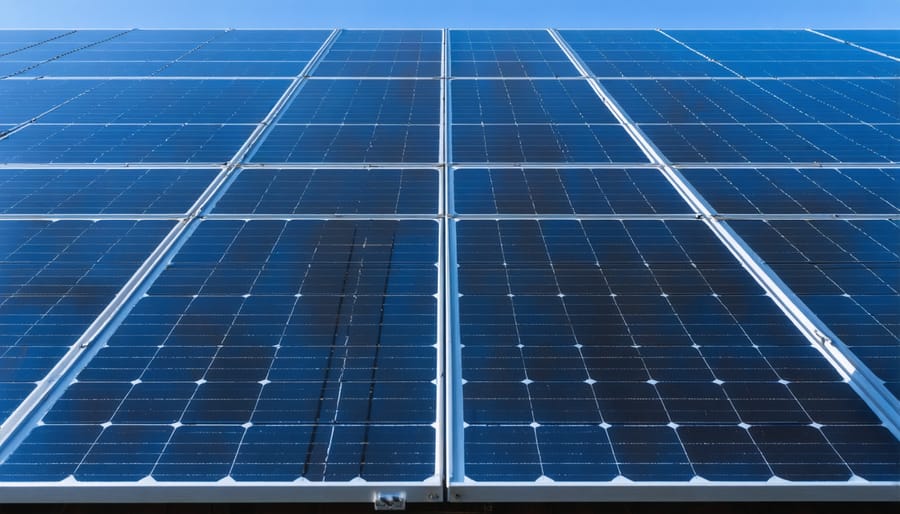
Documentation and Regular Inspections
Professional solar maintenance companies do more than just clean panels and check connections—they create a paper trail that could save you thousands if something goes wrong. Every inspection generates detailed documentation of your system’s condition, including photos, performance data, and notes about any issues found or addressed. This ongoing record becomes invaluable when filing insurance claims.
Here’s why this matters: Insurance companies often look for reasons to deny claims, and lack of proper maintenance is a common justification. Without documentation proving you’ve kept up with regular care, you might find yourself fighting an uphill battle to get coverage for repairs or replacements. Professional maintenance records demonstrate you’ve been a responsible system owner, which significantly strengthens your position.
Most reputable maintenance companies provide comprehensive reports after each visit, detailing what they checked, cleaned, and repaired. These reports should include before-and-after performance metrics, photos of any damage or wear, and recommendations for future service. Keep these documents organized and easily accessible—digital copies work great for quick retrieval.
Beyond insurance claims, this documentation helps you track your system’s performance over time, spot developing issues early, and prove the system’s condition if you decide to sell your home. Think of it as a health record for your solar investment, showing buyers that the panels have been well-maintained and are worth the asking price. This proactive approach protects both your financial investment and your peace of mind.
When You Need a Claim: The Process
If damage occurs to your solar panels, acting quickly can save you both time and money. Start by contacting your maintenance company first, before even reaching out to your insurance provider. Why? Professional solar technicians can assess the damage, document it thoroughly with photos and technical reports, and determine whether it’s covered under your equipment warranty or requires an insurance claim.
Your maintenance company becomes your advocate throughout the claims process. They’ll provide detailed documentation that insurance adjusters need, including proof of proper maintenance, the cause of damage, and repair cost estimates. This expert testimony often speeds up claim approval since insurers trust professional assessments over homeowner descriptions.
Next, notify your insurance company and share the documentation your maintenance provider compiled. Many homeowners find that having a maintenance company involved reduces claim denials because it demonstrates responsible system care. If your policy includes specialized solar coverage, this step becomes even smoother since these policies recognize maintenance providers as essential partners.
During repairs, your maintenance company coordinates directly with insurance adjusters, handles parts ordering, and ensures work meets both manufacturer specifications and insurance requirements. They’ll also update you throughout the process, translating insurance speak into plain language.
The best part? Established maintenance companies have processed dozens of claims and know exactly what documentation insurers require. This experience prevents the back-and-forth delays that frustrate homeowners filing claims independently. Think of them as your insurance claim translator and repair coordinator rolled into one, ensuring your solar investment gets back to generating savings as quickly as possible.
Protecting Your Investment Before Problems Happen
Questions to Ask Before Installation
Before signing any contracts, have an open conversation with your solar maintenance company about insurance. Ask whether they carry general liability insurance and workers’ compensation coverage—this protects you if accidents happen on your property. Find out if their warranty covers both parts and labor for repairs, and how long that coverage lasts. Request documentation proving their insurance is current and covers the full value of your system.
Next, contact your homeowner’s insurance agent to discuss smart insurance options for your solar panels. Ask specifically whether your current policy covers solar equipment, what the claims process looks like for damage, and if you need a separate rider. Clarify what’s covered during maintenance visits and whether regular upkeep affects your coverage terms. Understanding these details upfront prevents unpleasant surprises later and ensures your investment stays protected from day one.
The Value of Maintenance Contracts
Signing up for a maintenance contract with a solar company isn’t just about keeping your panels clean—it’s a smart financial decision that pays off over time. Regular professional maintenance typically costs a few hundred dollars annually, but it can prevent expensive repairs down the road by catching small issues before they become major problems. Many homeowners find that well-maintained systems operate 15-20% more efficiently, which means more savings on your energy bills each month.
Here’s an often-overlooked benefit: some insurance providers offer premium discounts when you have a documented maintenance agreement in place. Why? Because insurers recognize that regularly serviced systems are less likely to experience failures or cause damage. If you ever need to file a claim, having maintenance records demonstrates you’ve been a responsible system owner, which can smooth the claims process and potentially increase your coverage. Think of it as similar to how regular car maintenance helps with vehicle warranties—consistent care protects your investment and gives everyone peace of mind.
Protecting your solar investment doesn’t have to feel overwhelming. The good news is that most homeowners already have some coverage through their existing homeowners insurance, and adding specialized protection is often more affordable than you might think. The key takeaway? Understanding what your current policy covers, identifying any gaps, and choosing a qualified maintenance company can save you thousands of dollars and years of headaches down the road.
Working with certified solar maintenance professionals isn’t just about fixing problems when they arise. It’s about preventing issues before they start, maintaining your manufacturer’s warranty, and ensuring your insurance company has no reason to deny a claim. Regular maintenance visits typically cost less than a few months of electricity bills, and they keep your system running at peak efficiency, maximizing your energy savings year after year.
Your decision to go solar was a smart investment in your home and the environment. With the right insurance coverage and a trusted maintenance partner by your side, you can enjoy worry-free clean energy for decades to come. The sun will keep shining, your panels will keep producing, and you’ll have peace of mind knowing your investment is protected.

